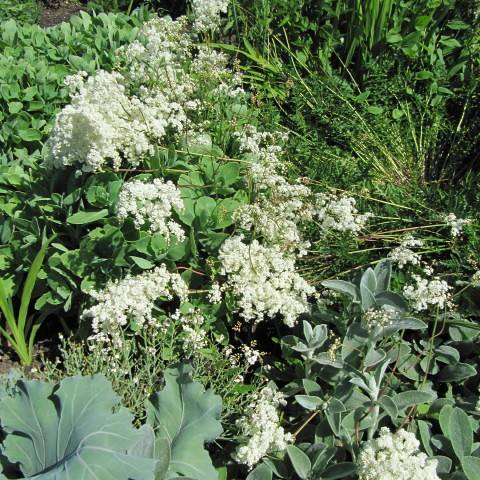
dropwort
Filipendula vulgaris 'Multiplex'
Cycle:
Herbaceous Perennial
Watering:
Minimum
Hardiness Zone:
3 - 9
Flowers:
Flowers In Summer
Sun:
Full sun
Soil:
Alkaline
Fruits:
Fruits In Autumn Ready In Fall
Leaf:
Yes
Growth Rate:
Low
Maintenance:
Low
Care Level:
Medium
watering
Dropwort prefers to grow in moist soil and should be watered on a regular basis throughout the growing season. During the summer months, it is advised to water once a week, making sure to deeply soak the soil to a depth of 3-5 inches. In especially hot and dry climates, more frequent watering may be required, so it is important to check the soil moisture often. It is not advised to water too frequently, as this can lead to root rot. In winter, watering should only be done when the top inch of soil is dry, as the plant becomes semi-dormant at this time.
sunlight
Dropwort (Filipendula vulgaris 'Multiplex') prefers full sun exposure but can also thrive in light partial shade. When planting this hardy perennial, it's recommended to provide it with at least 4-6 hours of direct sunlight each day. The ideal times for sunlight should be between 8am and 3pm and the plant should be positioned so that it receives the most light it can throughout the day. With the right combination of sunlight and soil nutrients, this spring blooming flower is sure to put on a show in your garden.
pruning
Dropwort (Filipendula vulgaris 'Multiplex') should be pruned in late winter or early spring after the last frost. Depending on its size and condition, dropwort can be pruned to thin out overgrown stems and remove any weak, dead or diseased branches. It can also be cut back to maintain a desired size and shape and help promote blooms and new growth. Start by cutting out any dead or damaged branches. Cut back any overly vigorous stems to shorter, more manageable lengths. Cut the stems back to just above a strong pair of buds, ensuring that the cuts will heal nicely. Remove any non-flowering shoots to help promote blooming. Trim back remaining stems to promote a fuller and more attractive plant. Don't prune too hard or you may risk weakening or killing your plant.
